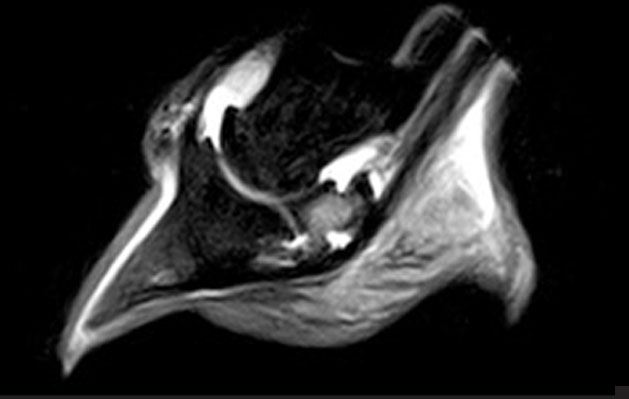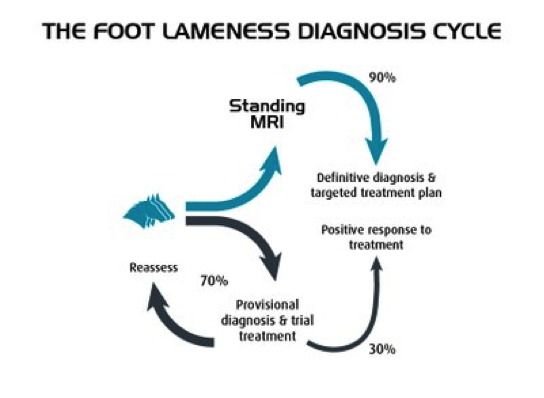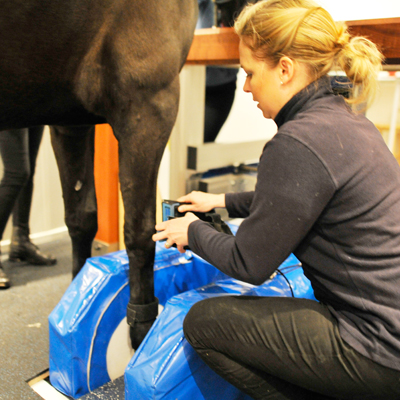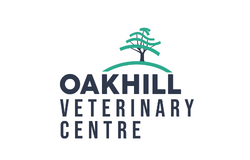Our equine clinic has the most technologically advanced standing MRI machine available, used for both clients and those referred from other veterinary practices.
Often during a lameness work-up, your vet will use ‘nerve blocks’ to locate where the pain is coming from. This may then be followed with X-ray or ultrasound examinations, but because these imaging tools only show bone or some soft tissue your vet may not be able to see abnormalities, particularly those within the hoof capsule.
Standing equine MRI offers unique insight into equine lameness, identifying the specific cause in over 90% of cases.
With no general anaesthesia required the inherent risks associated with anaesthesia and recovery can be avoided and an early, safe and accurate lameness diagnosis will save you time, money and worry.
We’re often asked….
 What is different about MRI?
What is different about MRI?
MRI images show information about both bone and soft tissue, whereas x-rays only show bone and ultrasound only shows soft tissues. The many, clear images from MRI allow vets to make an accurate and precise diagnosis in 90% of cases.

 Is it the same as a human MRI scanner?
Is it the same as a human MRI scanner?
The underlying principle is exactly the same but the Hallmarq Standing Equine MRI system has specifically designed for imaging the standing horse, not a human! The scanner operates close to floor level and the horse can immediately step out of an opening in the magnet if it needs to.
Is it safe for my horse?
MRI is widely used in both human and veterinary medicine as it is valued for it’s high image quality of both bone and soft tissue with no ionising radiation. The technology used is unobtrusive and poses no known risk to the horse.
Unlike high-field scanners where the horse has to be anaesthetised, our Hallmarq low-field system uses a smaller magnet that fits around the leg, allowing us to image the horse while standing and under mild sedation.
Hallmarq equine MRI systems have been used for over 60,000 standing sedated horse examinations, during this time there have been no fatalities.
The benefits of having an MRI scan at Oakhill Equine Clinic include:
-
Expert interpretation of images by our ECVS & RCVS recognised surgery specialists, Rosie Owen & Guy Hinnigan and imaging specialist, Meredith Smith.
-
Precise diagnosis
-
Rapid results
-
Specific prognosis
-
Optimum treatment
Using the right tools early in the lameness process to get a definitive diagnosis will allow you and your vet to devise the right treatment plan, therefore getting your horse back to full fitness as quickly as possible.
It is also very useful in establishing an accurate prognosis, to save you time and money worrying about what is likely to happen in the future.
Click here to find out more about what to expect when your horse has a standing MRI.
